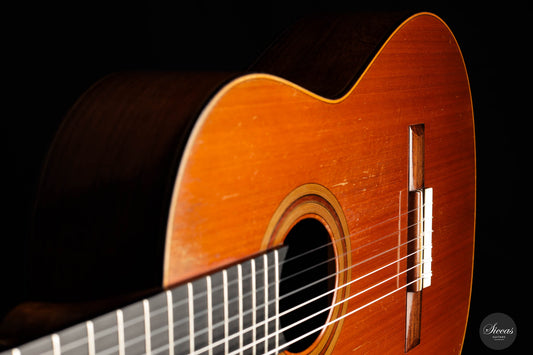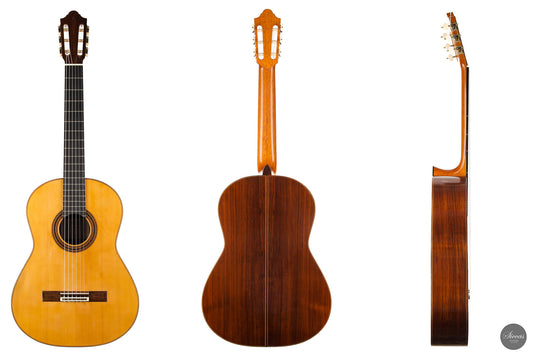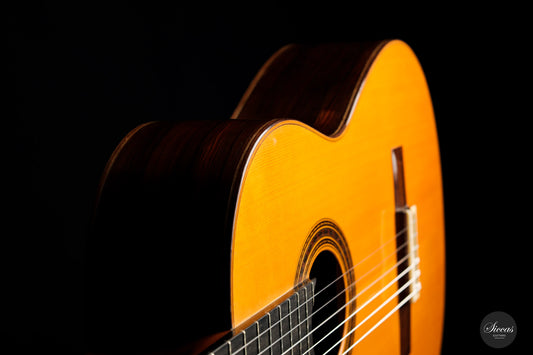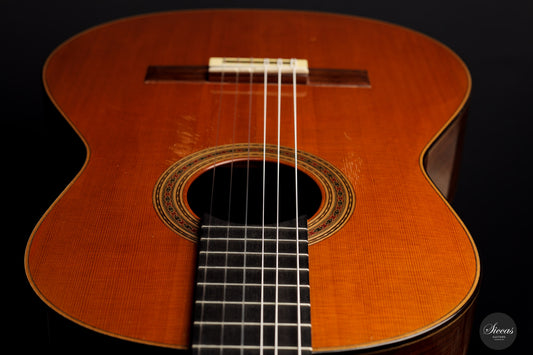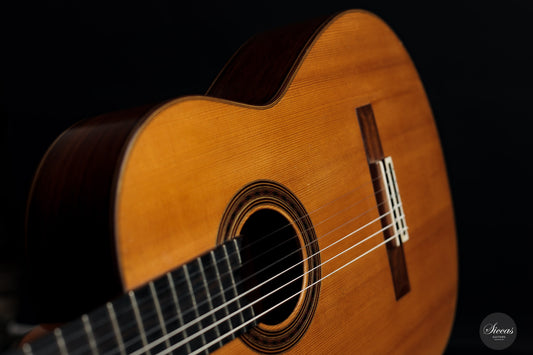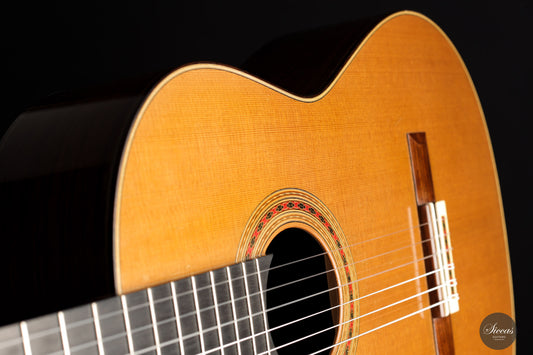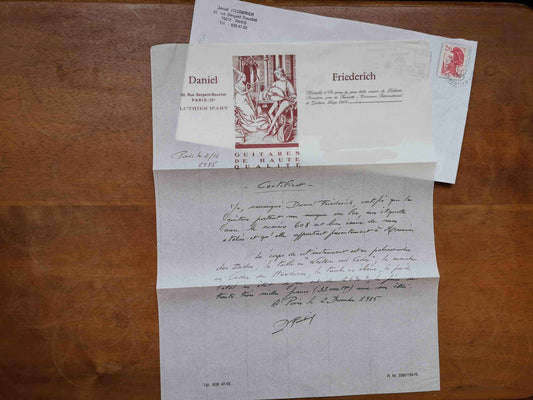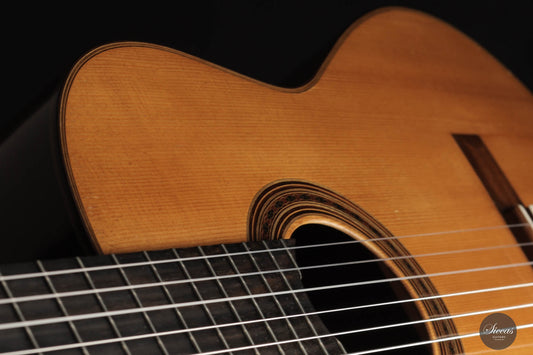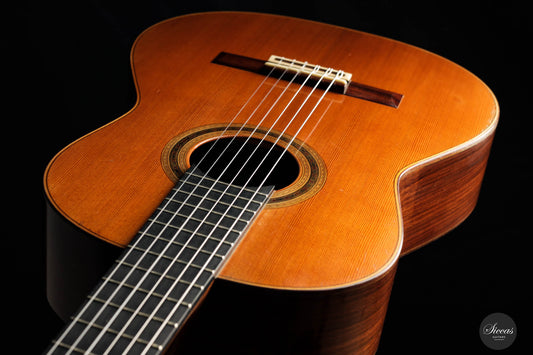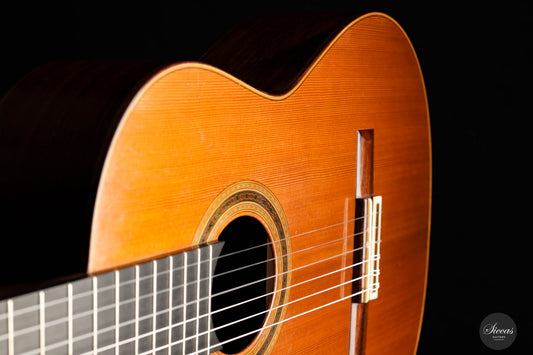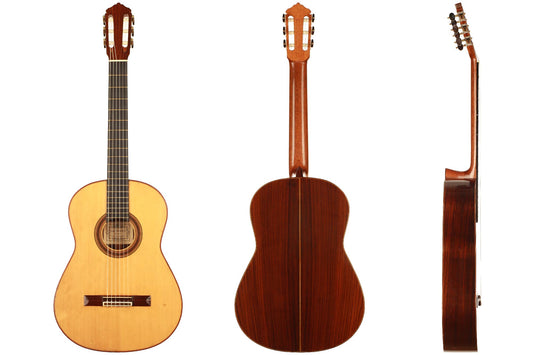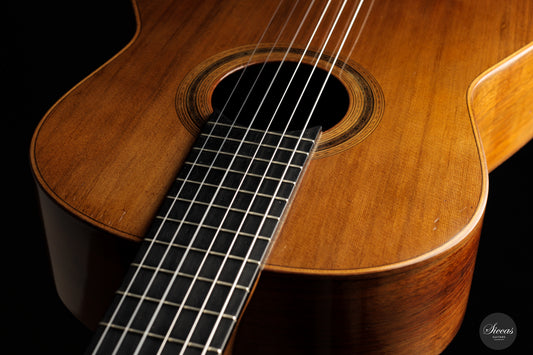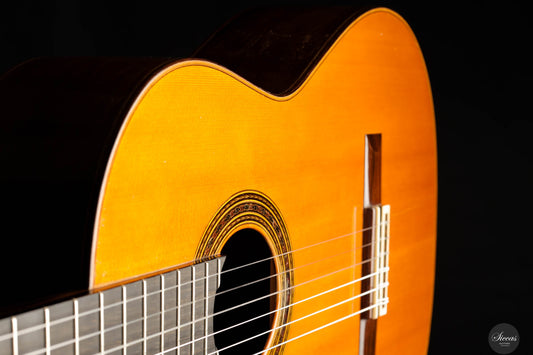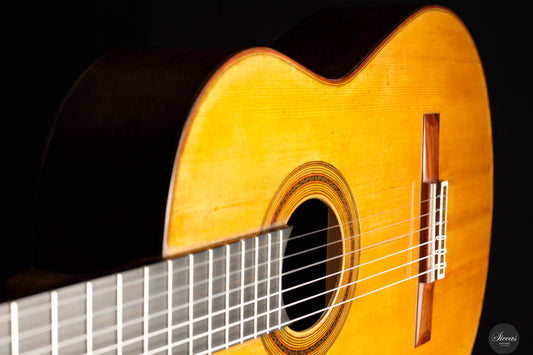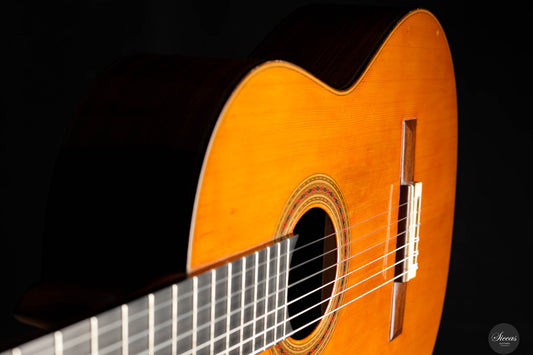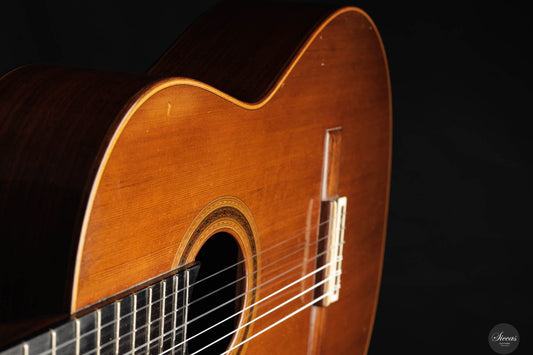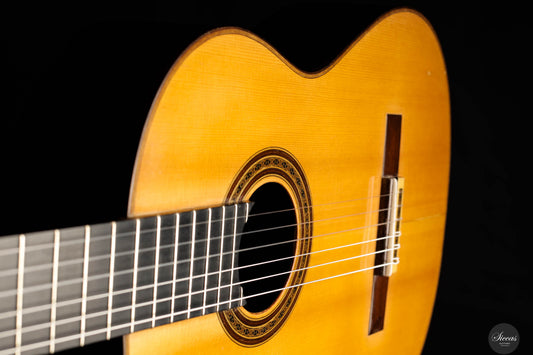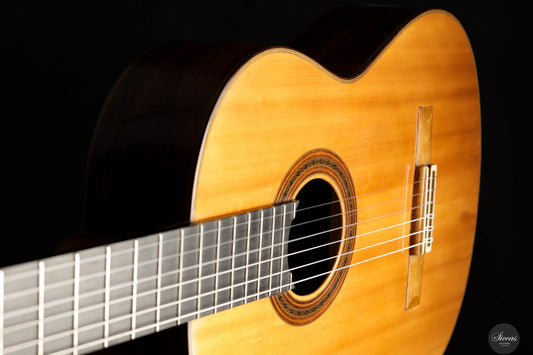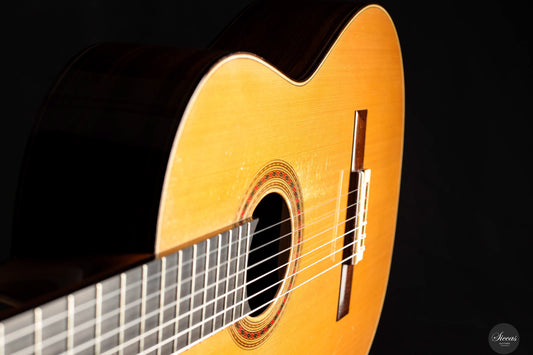Daniel Friederich
-
Luthier: Daniel FriederichLuthier: Seltene Gitarren
-
Luthier: Daniel Friederich
-
Luthier: Daniel FriederichLuthier: Rare Guitars
-
Luthier: Daniel Friederich
-
Luthier: Daniel Friederich
-
Luthier: Daniel Friederich
-
Luthier: Daniel Friederich
-
Luthier: Daniel Friederich
-
Luthier: Daniel Friederich
-
Luthier: Daniel Friederich
-
Luthier: Daniel FriederichLuthier: Rare Guitars
-
Luthier: Daniel Friederich
-
Luthier: Daniel FriederichLuthier: Seltene Gitarren
-
Luthier: Daniel FriederichLuthier: Seltene Gitarren
-
Luthier: Daniel Friederich
-
Luthier: Daniel Friederich
-
Luthier: Daniel FriederichLuthier: Seltene Gitarren
-
Luthier: Daniel Friederich
-
Luthier: Daniel Friederich
-
Luthier: Daniel FriederichLuthier: Seltene Gitarren
You may also be interested Daniel Friederich
Daniel Friederich (1932 – 2020) – Master Luthier
Daniel Friederich, born in 1932 in Paris, is regarded as one of the greatest French guitar makers of the 20th century. His grandparents, of German origin, were skilled cabinetmakers who migrated from Luxembourg to France. Friederich began his apprenticeship in the family business at age 13, learning the art of furniture making. In 1954, after attending a concert by the celebrated French guitarist Ida Presti, he became fascinated by the guitar and began studying under Christian Aubin at the Académie de Guitare on Rue Descartes in Paris. Unable to afford a new instrument, Aubin advised him to build one himself. Thus, in 1955, Friederich completed his first guitar. In 1959, he began building instruments professionally. By 1960, he had crafted 15 guitars and showed the latest one to Robert Bouchet, who was highly encouraging.
In 1962, Friederich met the Presti-Lagoya Duo during a visit to Canada, as he recounted in Guitar Magazine in 1985. “Ida was playing a Bouchet when Robert Bouchet was at his best,” Friederich recalled. “She was very impressed with my guitar, which was important for me.” Lagoya suggested that he build a guitar for Presti—something different from her usual instrument—and requested that the portion of the fingerboard above the soundboard should not be glued down but left free. On the boat home, Friederich drafted the design and built the guitar upon his return.
Friederich approached his craft with a highly analytical and scientific mindset. He meticulously documented every adjustment and construction variable in his workshop journal to achieve consistent results. For each guitar, he recorded construction details, materials, and the thicknesses of the soundboard and back. This logbook became his personal database, constantly referenced throughout the building process. From the 1980s onward, he made no major structural changes to his models, though reaching that level of refinement required decades of experimentation. In the 1960s, he developed three models: the Recital Model, the Arpege Model, and a Flamenco Model.
Lagoya supported him with encouragement and practical advice. In 1964, the Presti-Lagoya Duo recommended his guitars to Sophocles Papas at the Columbia Music Company, which significantly strengthened Friederich’s presence in the United States.
In 1967, Friederich achieved international recognition when he won the Silver Medal at the guitar maker competition in Liège, Belgium (Gold was awarded to Kohno). He also received a Gold Medal for craftsmanship.
Julian Bream praised the “round and warm articulation” of a Friederich guitar he played on a U.S. tour in 1969. From that point onward, many international concert artists sought to acquire one of his instruments.
Between 1960 and 1970, Friederich marketed his “Concert Guitar” with a serial number as his top model, while the Recital and Arpège models—less costly and without serial numbers—offered more accessible alternatives. Starting in 1970, he built only Concert Guitars, each labeled with serial number and date. Throughout his career, he maintained precise records of all his guitars, including dimensions, bracing patterns, serial numbers, and subsequent owners.
Friederich also conducted extensive acoustical research at the Laboratoire d’Acoustique at the University of Paris. In 1977, he gave a lecture there on the history and function of the guitar. He continued to study acoustic properties throughout his career, remaining sensitive to differing preferences among players.
“Some players attack the strings strongly and want long sustain. This contrasts with Latin American players like Alvaro Pierri, Roberto Aussel, and Eduardo Fernandez, who prefer a fuller, more explosive, colorful sound because they use a lighter touch. Lagoya’s students seek power, sustain, and consistent articulation. My personal taste leans toward a full-bodied, charming, deep sound—more like a piano than a harpsichord,” Friederich said in the early 1990s.



